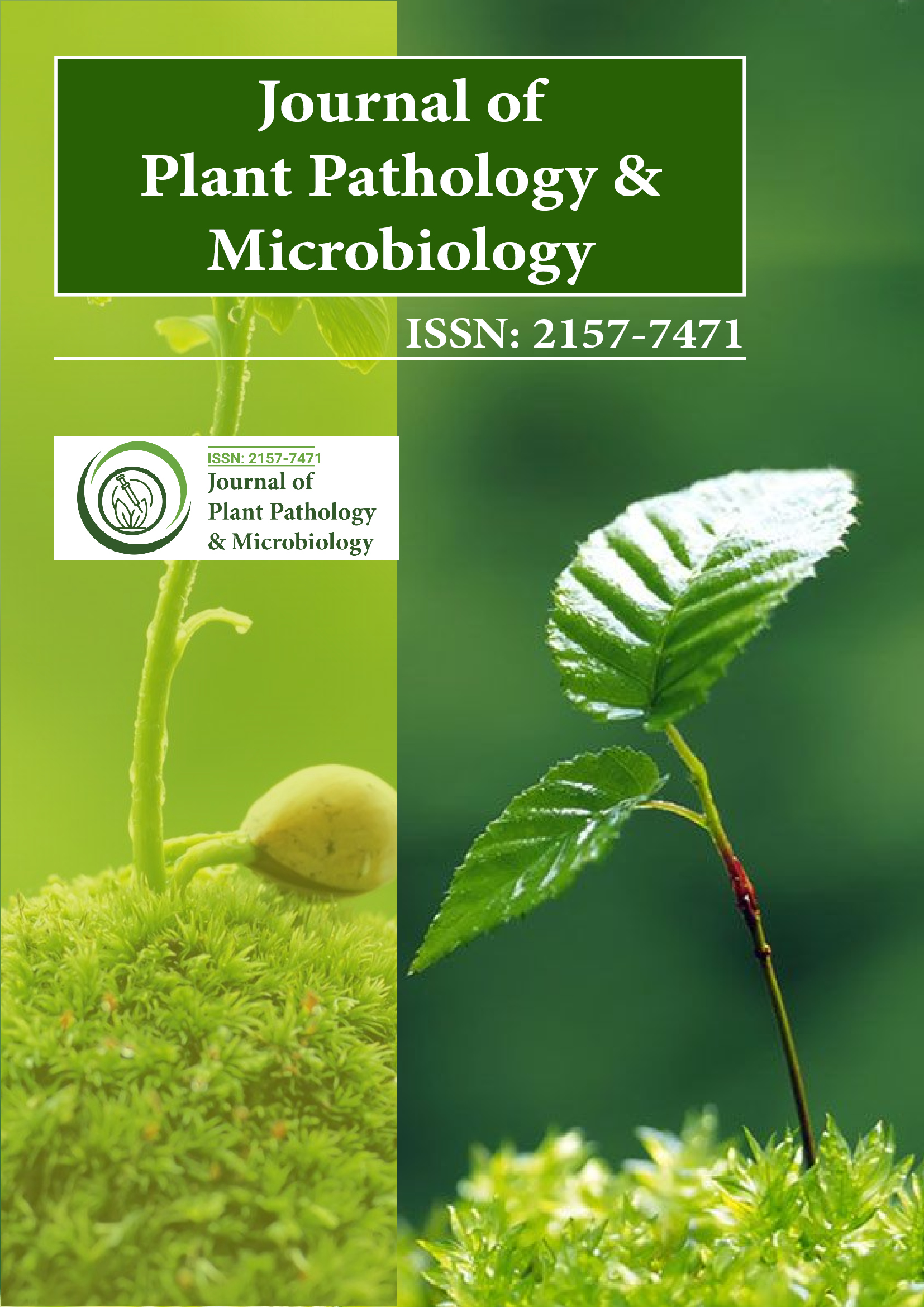Индексировано в
- Open J Gate
- Журнал GenamicsSeek
- Академические ключи
- ЖурналTOCs
- CiteFactor
- Справочник периодических изданий Ульриха
- Доступ к глобальным онлайн-исследованиям в области сельского хозяйства (AGORA)
- Библиотека электронных журналов
- Международный центр сельского хозяйства и биологических наук (CABI)
- RefSeek
- Справочник индексации исследовательских журналов (DRJI)
- Университет Хамдарда
- ЭБСКО АЗ
- OCLC- WorldCat
- Ученый
- Интернет-каталог SWB
- Виртуальная биологическая библиотека (вифабио)
- Паблоны
- Женевский фонд медицинского образования и исследований
- Евро Паб
- Google Scholar
Полезные ссылки
Поделиться этой страницей
Флаер журнала

Журналы открытого доступа
- Биоинформатика и системная биология
- Биохимия
- Ветеринарные науки
- Генетика и молекулярная биология
- Еда и питание
- Иммунология и микробиология
- Инжиниринг
- Клинические науки
- Материаловедение
- медицинские науки
- Науки об окружающей среде
- Неврология и психология
- Общая наука
- Сельское хозяйство и аквакультура
- Сестринское дело и здравоохранение
- Управление бизнесом
- Фармацевтические науки
- Химия
Абстрактный
Интегрированное управление против корневой гнили маша [Vigna radiata (L.) Wilczek], вызванной Macrophomina phaseolina
Эха Кумари, К.С. Шехават, Рену Гупта и депутат К. Хохар
Корневая гниль является важным заболеванием маша [Vigna radiata (L.) Wilczek], вызываемым Macrophomina phaseolina (Tassi) Goid, которое наблюдалось на фермерских полях Раджастхана. Для комплексного управления болезнью использовались агенты биологического контроля, фунгициды, растительные масла, растительные экстракты и органические удобрения, а также их комбинации. Среди протестированных агентов биологического контроля против Macrophomina phaseolina наиболее эффективным против грибка в условиях in vitro и в горшках оказался T. harzianum, за ним следуют T. viride и T. polysporum. P. fluorescens оказался наименее эффективным в снижении заболеваемости корневой гнилью. Все пять растительных масел и три растительных продукта, протестированных in vitro методом отравленной пищи, подавляли рост грибка. Все растительные масла дали полное подавление роста мицелия патогена при концентрации 2%. Асафетида оказалась наименее эффективной. Относительная эффективность растительных масел и растительных продуктов в условиях горшков показала, что пальмарозовое масло является наиболее эффективным протравителем семян для снижения заболеваемости корневой гнилью. Все семь фунгицидов были протестированы in vitro с помощью метода отравленной пищи и в горшках (in vivo), бавистин был признан наиболее эффективным для подавления мицелиального роста патогена, а также для снижения заболеваемости корневой гнилью, за ним следовали каптан или тирам, индофил М-45 и витавакс или раксил, в то время как сульфат меди был наименее эффективным средством в обоих условиях. В случае органических удобрений вермикомпост был наиболее эффективным для снижения заболеваемости корневой гнилью в условиях горшков. FYM и козий навоз были признаны умеренно эффективными для контроля заболеваемости корневой гнилью. Интегрированный подход к управлению показал, что вермикомпост и бавистин в сочетании были более эффективны для снижения заболеваемости корневой гнилью в условиях горшков.